Thanks for this question! It is very interesting subject to be engaged in investigations. But I wanted to mention other party of a medal. You asked the following:
(12345.6489f).ToString("F1")
Then I get a result of
12345.7
But this is incorrect, since it should be 12345.6.
Well, I'm wondering how you have figured out what is correct and what is incorrect output of this string formatting routine? Those formatting strings are not supposed to be used to rounding purposes. And documentation clearly says about it:

Honestly when I first looked at number from your question - the first idea was about rounding algorithm which Hans Passant mentioned in his answer. So, I'm not even surprised that such algorithm was choosen, it is actually pretty intuitive :) I even wouldn't be surprised they would consider plain truncate as algorithm for formatting of floating points numbers. It would be still pretty accurate and valid.
So, despite of the fact that all
this is very interesting and looking like a bug/paradox/miracle, this in fact is just our wrong expectations from the function which is designed to do (and actually does pretty well) another thing.
